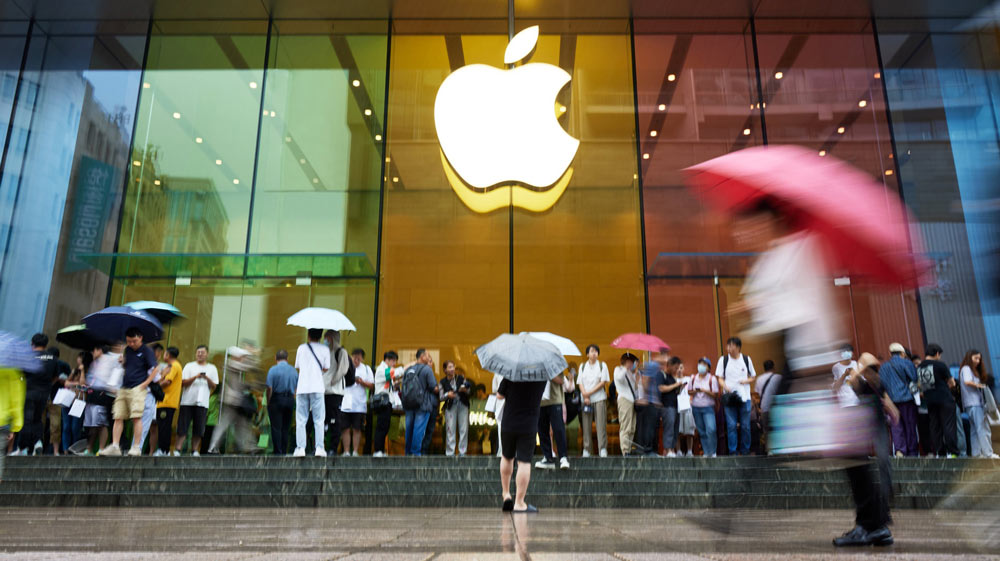In a globalized economy where supply chains span continents, the shifting tides of trade policy and geopolitical tensions are forcing multinational firms to rethink their manufacturing strategies. Apple, one of the most recognized brands in the world, has been under the microscope as it seeks to diversify its production away from China. However, as analyst Craig Moffett recently pointed out, the move to India may not deliver the cost savings or strategic benefits Apple is hoping for.
The Challenges of Moving Production to India
Apple’s plan to shift some iPhone production to India has been spurred by the ongoing U.S.-China trade tensions and the associated tariffs that have impacted its costs. While moving assembly to India may provide some relief, Moffett argues that the benefits are likely to be limited.
The primary issue lies in Apple’s supply chain, which remains heavily anchored in China. Many critical components of the iPhone are still manufactured in China, and assembling these parts in India doesn’t eliminate the tariffs imposed on Chinese imports. This means that Apple’s costs won’t decline significantly, leaving the company exposed to the financial pressures of the trade war.
Moreover, shifting production to India is not a simple process. India’s manufacturing ecosystem, while growing, is not yet as mature or efficient as China’s. Apple faces logistical hurdles, the need for skilled labor, and potential resistance in adapting its supply chain to Indian facilities.
Two-Front Battle: Costs and Demand
As Moffett aptly noted, the global trade war creates a “two-front battle” for Apple — one that impacts both costs and demand. While relocating assembly to India could marginally reduce production expenses, it doesn’t address the broader issue of declining consumer demand.
The combination of higher iPhone prices due to tariffs and slowing global economic growth is expected to weigh on sales. U.S. consumers, faced with rising costs, are likely to hold onto their devices for longer periods, reducing upgrade cycles. This trend is compounded by the fact that major U.S. carriers — AT&T, Verizon, and T-Mobile — have stated they will not subsidize the higher costs caused by tariffs. As a result, the burden falls directly on consumers, further dampening demand.
In China, the situation is even more precarious. Apple faces growing backlash from Chinese consumers due to the U.S.-China trade tensions, leading to a shift in market share toward domestic competitors like Huawei and Vivo. This loss of volume in one of Apple’s largest markets could significantly impact its bottom line.
The Bigger Issue: Valuation Concerns
Moffett’s skepticism about Apple’s strategy goes beyond supply chain logistics. He has repeatedly raised concerns about the company’s valuation. In his latest report, Moffett lowered Apple’s price target to $141 per share, representing a 33% drop from its current level. This makes him one of the most bearish analysts on Wall Street regarding Apple’s stock.
It’s important to note that Moffett’s bearish stance is not a critique of Apple’s fundamentals as a company. He acknowledges Apple’s strong balance sheet and its unparalleled consumer franchise. Instead, his concerns are rooted in the reality that Apple operates in a challenging macroeconomic environment where tariffs, demand destruction, and slowing growth are diminishing its ability to maintain previous levels of profitability.
The Road Ahead
Apple’s efforts to diversify its production base are a prudent long-term strategy in a world where geopolitical risks are becoming a permanent feature of global commerce. However, as Moffett’s analysis highlights, the benefits of moving assembly to India are unlikely to materialize in the near term.
The company faces a delicate balancing act: managing costs, maintaining its premium brand image, and responding to shifting consumer preferences in a world increasingly defined by economic uncertainty. For Apple, the road ahead will require not just operational agility but also the ability to navigate the complex interplay of global trade and economic forces.
In the meantime, investors should temper their expectations. While Apple remains a dominant player in the technology sector, the challenges it faces are a reminder that even the world’s most successful companies are not immune to the forces of globalization and geopolitics.











